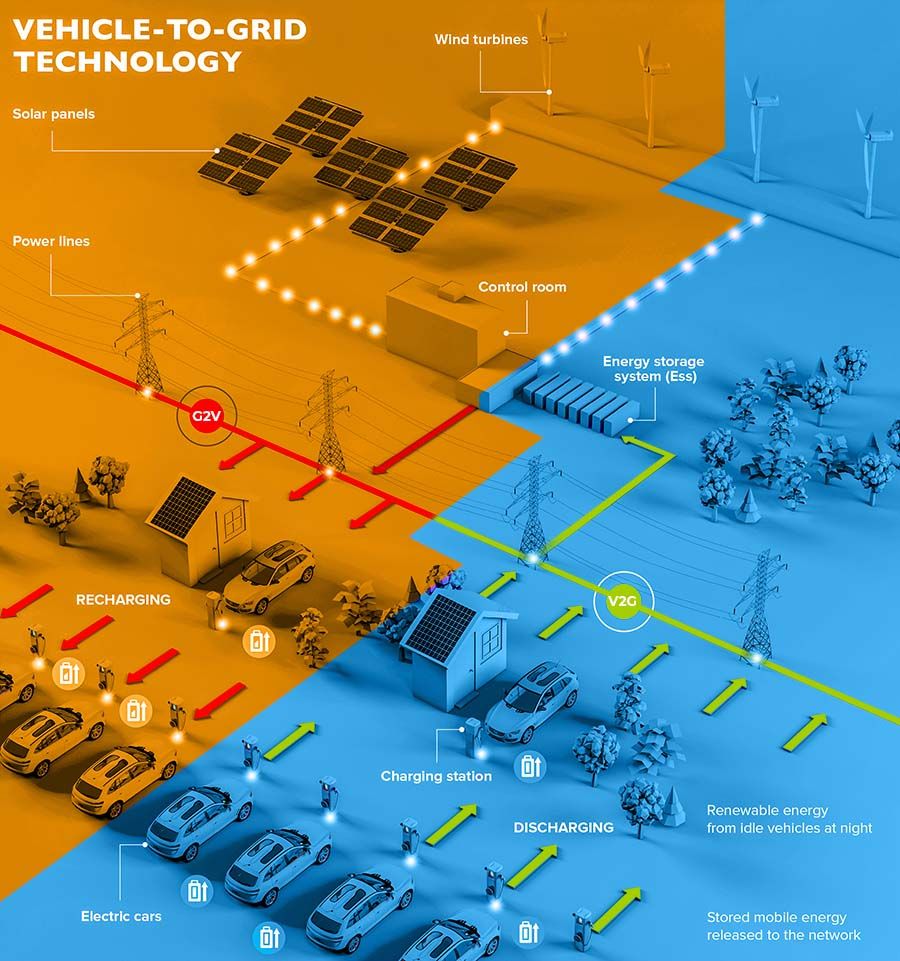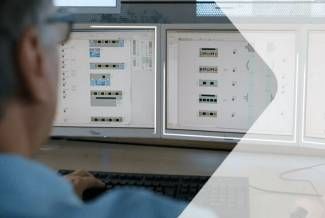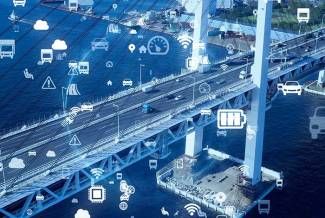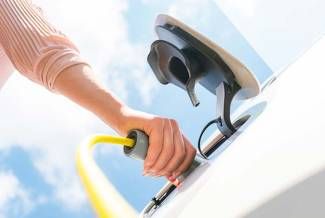Vehicle to Grid (V2G):Electromobility for a better power grid?
How can we reduce our dependence on fossil fuels while increasing the efficiency of our electricity supply? One possible solution is the vehicle-to-grid (V2G) concept, in which electric vehicles act as energy players and are integrated into the existing electrical grid. This is because their batteries allow electric vehicles to store electricity and return it to the grid when needed. This V2G (Vehicle to Grid) approach is currently being tested in several countries and could soon be deployed across the board. Learn all about V2G and why it will become more important in the future in this article.
Definition: What is Vehicle to Grid (V2G)
Vehicle to Grid is based on the principle of "energy exchange". Here, electricity from the batteries of electric cars is fed into the public grid.
This allows surplus electricity to be managed and used to stabilise the energy supply. In addition to V2G, the terms V2H (Vehicle to Home) and V2X are also common.
Good to know: As a rule, a lot of electricity is consumed in the evening, when many people are at home and fewer cars are on the roads. This means that V2G technology could easily absorb evening electricity peaks.
What is V2H?
The V2G concept is basically just a further development of the Vehicle to Home (V2H) concept: the idea is that electric cars parked at home are used as mobile batteries to meet a household's electricity needs during periods of high demand.
What is V2X?
V2X translates as "vehicle-to-everything". This refers to various applications such as vehicle to home (V2H), vehicle to building (V2B) and vehicle to grid (V2G). Grid stands for the public electricity grid.
Good to know: There are different abbreviations for these applications depending on the grid into which the power of the vehicle's battery is fed.
How do V2G-enabled vehicles work?
The feed-back into the power grid works via the IoT (Internet of Things), also called the Internet of Things. Basically, this means nothing other than that the vehicle and the power grid can communicate with each other. The process works something like this:
V2G is a bidirectional connection that allows electric vehicles to both draw power from the grid and deliver surplus energy to the grid.
The driver of the electric vehicle has to communicate when he wants to unplug the car and how full the battery should be at that time.
Ideally, the car battery is always 70-90 % charged when the driver wants to drive.
Electric vehicles are thus not only "electricity consumers", but also energy sources that help to meet the local demand for electricity at certain times.
Worldwide deployment of V2G? There are already some pilot projects around the world. In the UK, for example, a V2G pilot project has started with 40 electric vehicles. These vehicles are connected to the national grid and can thus supply excess energy when the grid is under heavy load. In the Netherlands, a V2G project with 1,000 vehicles is underway and demonstration projects have also been launched in Japan.
What are the advantages of V2G?
Overall, V2G offers a number of benefits for the energy industry, the environment and, last but not least, for the owners of electric vehicles.
The 4 most important benefits are:
Electric vehicles can be used as back-up generators to ensure a more secure power supply.
This use can accelerate the expansion of renewable energies by reducing the need to install battery storage.
In addition, the vehicles can be used as electricity storage to help the public power grids keep DC electricity flowing.
Furthermore, V2G technology can help reduce greenhouse gas emissions by reducing the need for fossil fuels to generate electricity.
Good to know: Another big advantage of V2G is that it can extend the life of electric cars. Since the batteries are charged and discharged again and again, they cannot wear out as much as with conventional use.
V2G: related topics & solutions
from SWARCO
Challenges in the expansion of V2G
Of course, there are still a lot of challenges before vehicle-to-grid technology can be expanded across the board:
First of all, developers must ensure that the systems work safely and reliably.
In addition, industry and utilities must ensure that communication between the vehicles and the power grids functions smoothly.
Another challenge is the possible overloading of the grid by V2G-enabled e-vehicles: if too many e-vehicles are connected to the grid and try to charge or discharge at the same time, this could lead to a sudden peak in demand that overloads the system.
Lastly, they also need to make sure that e-car owners accept this new feature and are happy to use it.
Good to know: The amount of energy that can be drawn from an electric vehicle depends on a number of factors, including battery size, charging efficiency and the vehicle's drive cycle. This means that the power output of a V2G-enabled vehicle can vary significantly over time, which can make it difficult for utilities to predict and manage.
Conclusion:
The first V2G projects have started worldwide and some vehicle-to-grid solutions have already been successfully realised. Initially, V2G is likely to become an important solution wherever the energy system is most volatile.
Good to know: If, for example, extreme weather conditions lead to power outages, electric vehicles can – thanks to V2G technology – maintain the power supply for basic needs until the problem is fixed again.
In summary, Vehicle to Grid has many advantages. The technology enables the efficient use of vehicles that not only serve as a means of locomotion, but also as energy storage. In the long run, this can help reduce dependence on fossil fuels and reduce environmental impact.
Last but not least: By linking our vehicles to the electricity grid, we can regulate the grid load more efficiently and thus also reduce electricity costs. It also allows us to better store renewable energies and thus make a meaningful contribution to the energy transition.
FAQs - Frequently asked questions briefly explained
Vehicle to Grid (V2G) is a technology that allows electric vehicles to be integrated into the electricity grid. V2G enables cars to act as mobile batteries and thus relieve the load on the power grid. The technology can help stabilise the power grid as well as generate renewable energy.
With vehicle-to-grid technology, your car can act as a battery, storing excess energy from the electricity grid and releasing it when needed. This can help stabilise the power grid, reduce carbon emissions and even save you money on your electricity bill.
There are a number of studies showing that V2G extends the life of batteries – as much as 60 %. V2G works by regularly discharging and recharging the battery. This helps prevent calcification and keeps the battery's cells in a healthy state.
The main benefits of Vehicle to Grid are:
The total cost of ownership of electrified vehicle fleets is reduced.
Manufacturers sell their vehicles with added value.
The energy market can optimise its electricity balance.
Grid operators can stabilise the grid more easily.
Consumers pay less for their electricity costs.
Electric cars are quieter, cleaner and more efficient than conventional combustion engines. They emit no exhaust gases and produce no pollutants. From 2035, the EU wants to allow only emission-free new cars: an important milestone for the future of electromobility!





